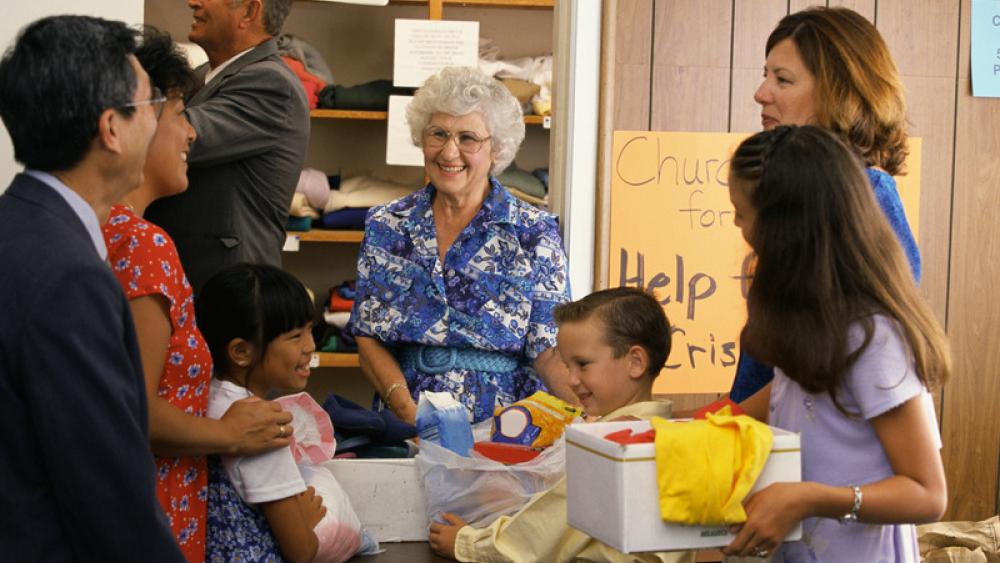Guest Blog by Noelle Hobbs
Summer vacation is here (or just around the corner) for many schools, and educators like you may want to provide resources for students to continue learning over the summer. Instead of handing out supplemental worksheets use engaging activities, like highlighted below, to empower students to engage in active summer learning.
Background
According to a report by NWEA, the summer after third grade students lose nearly 20 percent of their school-year gains in reading and 27 percent of their school-year gains in math. Additionally, during the summer after seventh grade, students lose an average of 36 percent of their school-year gains in reading and 50 percent of their school-year gains in math. Whoa! That’s a bit startling, isn’t it?
Since many students won’t be around traditional teachers over the summer months, the importance of involvement and engagement falls to parents and community members. Waterford.org found that children with engaged parents are more likely to earn higher grades or test scores, graduate from high school and attend post-secondary education, develop self-confidence and motivation in the classroom, and have better social skills and classroom behavior.
Students may already be participating in powerful learning activities over the summer, however, this guide includes slight modifications that provide students exposure to philanthropy.
Summer Engagement
Whether you’re a parent, a summer youth group leader, or a student wanting to get more involved in the community, you and your kids and students will be sure to find something you enjoy on this list.
Summertime often brings beautiful weather, so try out these activities when the weather is nice outside:
-
Host a lemonade stand and donate the proceeds to a cause of your choice.
-
Instead of having a garage sale, host a book drive for those who can’t afford books. Youth can make posters or signs to spread awareness about the event.
-
When visiting the beach pick up trash that you see on the sand, and in the water. If you find any returnable bottles or cans, you can donate it to an organization that protects beaches.
-
Build a garden for growing vegetables and for butterflies to enjoy!
-
Plant a tree to positively impact the environment. If planting a fruit tree, share the fresh fruit with a local food bank.
-
Make doodle stones that include positive messages on them. Spread them around areas where people will see the encouraging messages, like a park, the neighborhood, or a school.
When the weather isn’t so great, these options are perfect for keeping students engaged inside:
-
Create reusable shopping bags using old t-shirts and keep them in the car to use when shopping.
-
Create art to visually display an issue of human rights. Youth can even use this to explore different forms of art, such as using clay or music!
-
Visit a nonprofit arts organization's play or musical performance. Then, youth can write their own plays and skits based on their lives or a topic of choice. Perform the plays and skits for the family or neighborhood.
-
Read for Pennies! Ask friends and family to donate money to a cause of your choice in exchange for a certain number of minutes reading.
-
Host a bake sale and donate the proceeds. Youth can even try creating their own recipes!
-
Have students make a dried soup mix to give to others. Try using fresh vegetables from a home or community garden if possible!
-
Craft and create homemade animal toys out of old fabric and recycled items for animal shelters. Then, when delivering the toys, spend some time playing with the animals.
-
Create games to play with the family or friends. Try making a math game, a language arts game, or Mancala, or have them create their own game!
Engaging ideas for road trips:
-
Use these brainteaser puzzles to reveal the philanthropists’ philosophy of leadership.
-
Before the trip, spend time reading a book that has been made into a movie or TV show. Some examples include The Lighting Thief, Nancy Drew, Harry Potter, and The Lion, the Witch and the Wardrobe. Watch the movie during the drive and compare the similarities and differences between the movie/show and book. Which one did you like better?
-
Practice math with license plates. Use the numbers on license plates to practice addition, subtraction, multiplication, and number patterns and see just how creative kids can get!
Read Read Read
Don’t forget summer reading, which can take place inside, outside, or in the car! Students learn in various ways and there's more than one way to read. Comic books, magazines, graphic novels, joke books, song lyrics, and recipes all involve reading, so if standard books aren’t working for your child, try a story in a new format!
Learning to Give picture book and teen novel guides combine selected literature with thought-provoking discussions and activities that teach about giving and civic engagement. The featured books raise issues like respect, caring, giving, honoring diversity, adversity, helping others, fairness, responsibility, trustworthiness, and citizenship.
Teach Generosity
Exposing children to philanthropy allows them to engage in activities that apply and expand their learning, become aware of needs larger than their own and take action to address them, and to take a role in directing their own learning experience. With the activities listed above, you’ll help students stay engaged in their learning over the summer months all while helping them learn about the power of giving!
